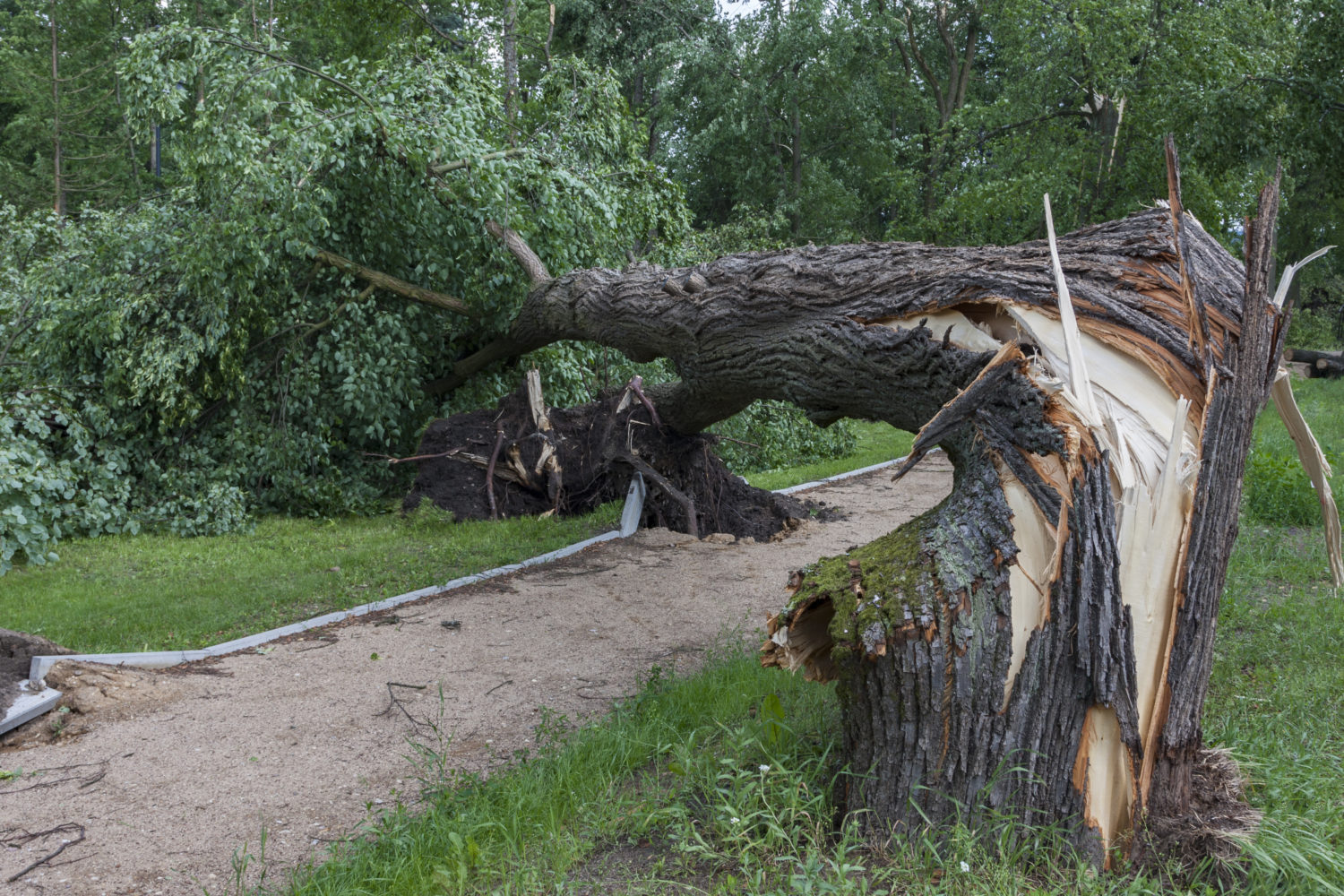
When a storm hits and damages the trees on your property, it can be a stressful and overwhelming experience. Whether it's a fallen tree blocking your driveway or hanging branches threatening to fall on your home, knowing how to safely and effectively remove storm-damaged trees is crucial. In this guide, we'll provide expert tips to help you navigate the process of tree removal after a storm and ensure the safety of your property and loved ones.
The first step in dealing with storm-damaged trees is to assess the extent of the damage. Before you attempt to remove any trees or branches, carefully inspect the area to identify any hazards such as downed power lines, leaning trees, or unstable branches. If you are unsure about the safety of handling the situation on your own, it's best to contact a professional tree removal service to assist you. They have the experience and equipment necessary to safely remove storm-damaged trees and mitigate further risks. Click this site to know more about storm damaged tree removals.
When it comes to removing storm-damaged trees, safety should always be the top priority. Before starting any tree removal work, make sure to wear appropriate protective gear such as gloves, eyewear, and a helmet. Additionally, it's important to establish a safe work zone around the damaged tree to prevent any accidents or injuries. Clear the area of any obstacles and ensure that no one is standing near the tree while work is being done.
One common mistake that homeowners make when removing storm-damaged trees is attempting to do it all on their own. While it may be tempting to save money by taking on the task yourself, tree removal can be dangerous and should be left to the professionals. A certified arborist or tree removal service will have the necessary training and equipment to safely remove storm-damaged trees without causing further damage to your property.
Another important tip for removing storm-damaged trees is to plan your approach carefully. Before making any cuts or removing any branches, take the time to assess the tree and develop a plan for how to safely remove it. Start by cutting away any broken or hanging branches to reduce the risk of further damage or injury. Then, work your way down the trunk of the tree, making careful cuts to avoid any sudden movements or shifts in the tree's position.
When it comes to removing larger trees that have been damaged in a storm, it's best to consult with a professional tree removal service. They will have the expertise and equipment needed to safely and efficiently remove the tree without causing damage to surrounding structures or landscapes. In some cases, it may be necessary to use a crane or other specialized equipment to safely remove a storm-damaged tree.
After the storm has passed and the damaged trees have been safely removed, it's important to take steps to prevent future tree damage. Regular tree maintenance, such as pruning dead or weak branches, can help reduce the risk of storm damage in the future. Additionally, inspecting trees for signs of disease or decay can help identify potential hazards before they become a problem. By staying proactive about tree care, you can help protect your property and loved ones from the dangers of storm-damaged trees.
In conclusion, dealing with storm-damaged trees can be a challenging and potentially dangerous task. By following these expert tips for tree removal after a storm, you can ensure the safety of your property and loved ones while effectively addressing the damage caused by severe weather. Remember to prioritize safety, seek professional help when needed, and take steps to prevent future tree damage through regular maintenance and inspection. With the right approach and a focus on safety, you can successfully navigate the aftermath of a storm and protect your property from further harm.
